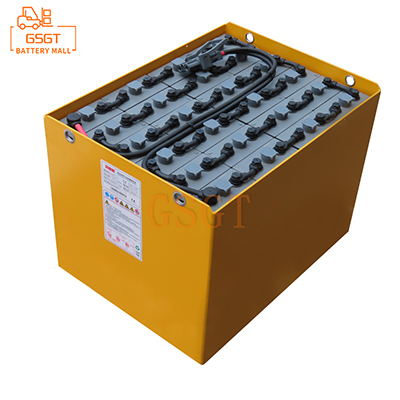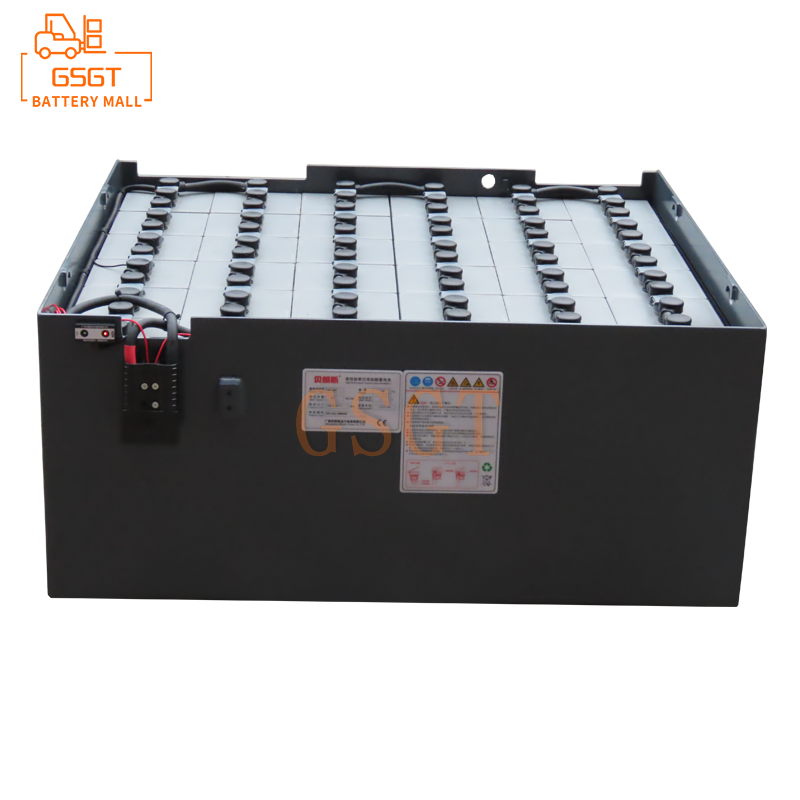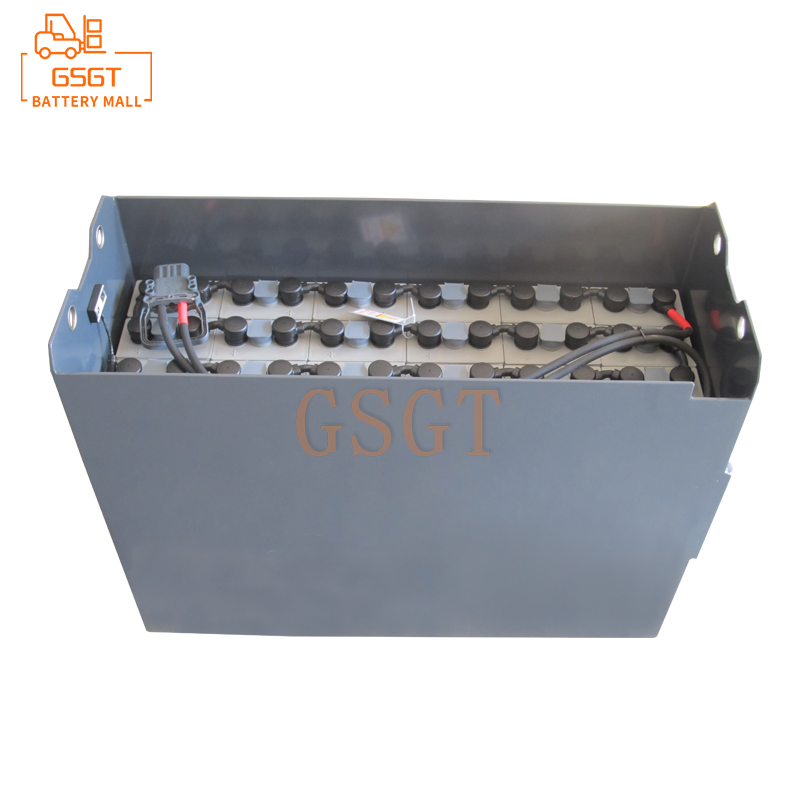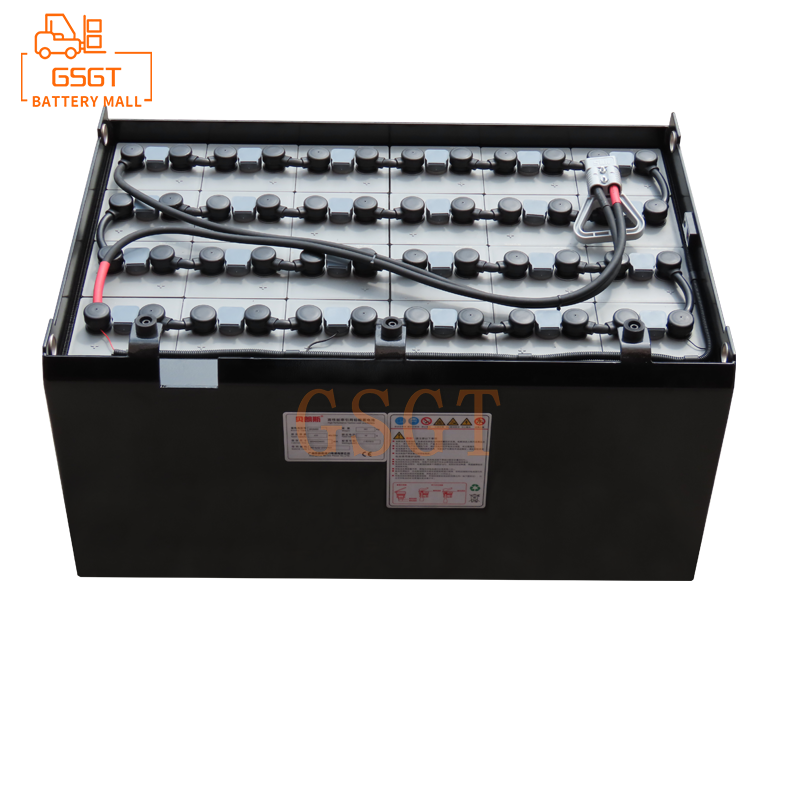Time:2025-03-29 13:38:38
Browse:684
In the field of energy storage, lead-acid batteries occupy an important position in many application scenarios with their long development history, mature production process and relatively low cost. From the starting power of cars to the backup power of communication base stations, from solar and wind energy storage systems to the power source of electric bicycles, lead-acid batteries play a key role. However, with the rapid development of science and technology and the constant change of social demand for energy, especially in the context of increasingly stringent environmental requirements and the booming new energy industry, lead-acid batteries are facing unprecedented challenges. In order to continue to develop in a highly competitive market, lead-acid batteries must be technologically iterated and explore new development directions.
## Challenges facing lead-acid batteries
### Environmental pressure
In the production process of lead-acid batteries, from lead mining, lead smelting to battery assembly, each link may produce lead pollution. In the process of lead mining, there will be a large amount of waste residue and wastewater containing lead, if not properly treated, lead will penetrate into the soil and water source, causing serious damage to the surrounding ecological environment. Smelting lead ore at high temperature will produce lead-containing waste gas, which will be discharged into the atmosphere and enter the human body through breathing, damaging human health. In the battery assembly stage, the use of lead powder and the disposal of waste acid are slightly careless, which will also cause environmental pollution problems.
There are also many hidden dangers in the recycling of lead-acid batteries. At present, China's lead-acid battery recycling system is not perfect, and a large number of waste batteries flow into informal channels. These informal recycling enterprises lack professional treatment equipment and technology, and often use simple and crude dismantling methods to pile waste batteries in the open air at will, resulting in leakage of lead and waste acid, causing secondary pollution to soil and water. According to statistics, there are about millions of tons of waste lead-acid batteries produced in China every year, if not effectively recycled, environmental risks will continue to increase.
### Performance bottleneck
In terms of energy density, lead-acid batteries are much lower than new batteries such as lithium batteries. This means that for the same weight, lithium-ion batteries are able to store more electrical energy, providing longer lasting power for devices. For example, in the field of electric vehicles, due to the low energy density of lead-acid batteries, the vehicle has a short driving range, which cannot meet the needs of consumers for long-distance travel.
The cycle life is also the short board of the lead-acid battery. The cycle life of the general lead-acid battery is shorter than that of the lithium iron phosphate battery, and the advantages are obvious in the application scenarios that require long-term stable operation such as energy storage.
Power density and charging efficiency also restrict the development of lead-acid batteries. With the increasing demand for fast charging today, the problem of slow charging of lead-acid batteries is becoming more and more prominent. It often takes hours to fully charge lead-acid batteries in electric vehicles, while lithium-ion batteries can be charged to 80% in about half an hour through fast-charge technology. In terms of power output, lead-acid batteries are also difficult to meet some equipment with a large demand for instantaneous high power, such as power tools.
## New direction of technology iteration
### Material innovation
#### New electrode material
Graphene, as a new material with excellent properties, has attracted much attention in the research of lead-acid battery electrode materials in recent years. Graphene has very high electron mobility and specific surface area, and its application to the negative electrode of lead-acid battery can significantly improve the conductivity and utilization of the negative active substance. Studies have shown that the charge and discharge performance of lead-acid batteries with appropriate amount of graphene has been significantly improved, and the cycle life has also been extended.
Graphite foam is also a promising electrode material. It has a three-dimensional porous structure, which can increase the contact area between the electrode and the electrolyte and improve the reaction activity. Compared with the traditional lead electrode, the foam graphite electrode can reduce the internal resistance of the battery and improve the charging and discharging efficiency and power density of the battery. At present, some enterprises have begun to try to apply foam graphite to the production of lead-acid batteries, and have achieved certain results.
#### Electrolyte optimization
Adding additives, such as stannous sulfate, sodium sulfate, etc. to the traditional sulfuric acid electrolyte can improve the performance of the electrolyte. Stannous sulfate can inhibit the sulfation of the negative plate and improve the charging-discharge performance and cycle life of the battery. It has been found that the cycle life of lead-acid batteries can be extended by 20%-30% when appropriate amount of stannous sulfate is added to the electrolyte.
In addition, the exploration of new electrolytes is also an important direction. Ionic liquid, as a new type of electrolyte, has the advantages of good conductivity, wide electrochemical window and low volatility. The application of ionic liquid to lead-acid batteries is expected to improve the energy density and safety of batteries. Although the application of ionic liquids in lead-acid batteries is still in the research stage, it has shown great potential.
### Structural design improvement
#### bipolar battery structure
The bipolar battery structure is an innovative design, which reduces the connection resistance inside the battery and improves the overall performance of the battery by realizing the positive and negative functions on the same electrode. In traditional lead-acid batteries, multiple single batteries are connected in series, and the connection resistance between the batteries will cause energy loss. The bipolar battery structure uses a thin film to separate electrodes of different polarity, so that the battery can achieve higher voltage output in a compact space. This structure not only improves the energy density of the battery, but also reduces the volume and weight of the battery, and has broad application prospects in some application scenarios with high space and weight requirements.
#### winding electrode structure
Compared with the traditional flat electrode structure, the coil electrode structure has higher electrode area utilization and better heat dissipation performance. In the coil electrode structure, the positive and negative plates and the diaphragm are tightly wound together to form a compact cylindrical structure. This structure can increase the contact area between the electrode and the electrolyte, improve the charge and discharge current density of the battery, and thus improve the power performance of the battery. At the same time, the heat dissipation uniformity of the winding structure is better, which is conducive to the stable performance of the battery in the process of high rate charge and discharge. At present, winding lead-acid batteries have been applied in some electric bicycles and small energy storage equipment.
### Intelligent management system
#### Battery condition monitoring and prediction
By installing sensors inside lead-acid batteries, real-time monitoring of battery voltage, current, temperature, state of charge (SOC) and other parameters. Using this data, combined with advanced algorithms, it is possible to accurately predict the battery's remaining capacity, health status (SOH), and remaining useful life (RUL). For example, the battery state prediction model based on machine learning algorithms can accurately predict the future performance changes of the battery according to historical data and real-time monitoring data, find potential faults of the battery in advance, provide users with timely maintenance suggestions, and avoid losses caused by sudden battery failure.
#### adaptive charge and discharge control
The intelligent management system can automatically adjust the charge and discharge strategy according to the real-time status and usage scenario of the battery. In the charging process, the system will dynamically adjust the charging current and voltage according to the SOC and temperature of the battery, and adopt a combination of constant current charging, constant voltage charging and pulse charging to achieve fast, safe and efficient charging. During the discharge process, the system will reasonably control the discharge current according to the load requirements and the SOH of the battery to avoid excessive discharge of the battery, thereby prolonging the service life of the battery. For example, in the application of backup power supply of communication base stations, the intelligent management system can automatically adjust the charge and discharge mode of the lead-acid battery according to the mains outage and the load change of the base station to ensure the stable operation of the base station.
## Application scenario expansion
### Backup power supply for communication base station
Communication base stations require high reliability and stability of backup power supply. With its mature technology and relatively low cost, lead-acid batteries have always dominated the field of backup power supplies for communication base stations. With the popularization of 5G communication technology, the number of communication base stations has increased significantly, which puts higher requirements on the performance and capacity of backup power supplies. Through technology iteration, the energy density, cycle life and charge and discharge efficiency of lead-acid batteries are improved, which can better meet the needs of 5G base stations. At the same time, combined with the intelligent management system, the remote monitoring and intelligent operation and maintenance of the standby power supply of the base station can be realized, and the battery fault can be discovered and solved in time to ensure the normal operation of the communication base station.
### Distributed energy storage
In distributed energy systems, such as solar photovoltaic power stations, wind farms, etc., lead-acid batteries can be used as energy storage devices to store excess electrical energy, release electrical energy when the energy supply is insufficient, and play the role of peaking and valley filling and stabilizing the grid. Through technological innovation, the performance of lead-acid batteries under partial charge state (PSoC) can be improved to better adapt to the intermittent and fluctuating characteristics of distributed energy. In addition, lead-acid batteries and other energy storage technologies (such as supercapacitors) constitute a hybrid energy storage system, which can give full play to the advantages of different energy storage technologies and improve the comprehensive performance and economy of the energy storage system.
### Low speed electric vehicle
In the field of low-speed electric vehicles, such as electric bicycles, electric tricycles, elderly mobility scooters, etc., lead-acid batteries have the advantages of low cost and high safety. By optimizing the battery structure design and material formula, improving the energy density and cycle life of lead-acid batteries, the driving range and service life of low-speed electric vehicles can be further improved. At the same time, the recycling system of lead-acid batteries is relatively perfect, which can effectively reduce the cost of battery recycling and reduce environmental pollution during the use of low-speed electric vehicles.
## Challenges faced by technology iteration and countermeasures
### Difficulty of technology development
In terms of material innovation, the development of new electrode materials and electrolytes requires a lot of basic research and experimental verification. Taking graphene as an example, although its theoretical performance is excellent, in practical applications, how to achieve the uniform dispersion of graphene in the electrode material, and how to ensure its long-term stability in the complex working environment of lead-acid batteries is still an urgent problem to be solved. In addition, the synthesis and preparation of new materials are often more complex and costly, which also limits their large-scale application.
Structural design improvements also face challenges. The design of bipolar battery structure and coil electrode structure needs to consider the electrical properties, mechanical properties and manufacturing technology of the battery. In the actual manufacturing process, how to ensure the insulation performance between the electrodes and how to achieve efficient electrode connection are all technical problems to be overcome.
Countermeasures: Increase investment in scientific research, encourage universities, research institutions and enterprises to carry out industry-university-research cooperation. Universities and research institutions have advantages in basic research and can provide theoretical support for technological innovation. The company has rich experience in product development and market application, and can quickly transform scientific research results into actual products. Through industry-university-research cooperation, we can integrate all resources and overcome technical problems together. For example, Shandong University has cooperated with a number of lead-acid battery manufacturers to carry out research on the application of graphene in lead-acid batteries, and has achieved a series of important results.
### Cost control
In the process of technology iteration, the adoption of new materials and advanced manufacturing processes often leads to increased costs. New electrode materials such as graphene, graphite foam, etc., their preparation costs are high, and it is difficult to achieve effective cost reduction before large-scale application. At the same time, the introduction of intelligent management systems has also increased the manufacturing cost of batteries. This is a huge challenge for the price-sensitive lead-acid battery market.
Coping strategy: On the one hand, reduce costs through large-scale production. As technology matures and market demand increases, expanding production scales can spread R&D and production costs. For example, when a company mass-produces lead-acid batteries with graphene added, the material cost and manufacturing cost per unit of product will decrease accordingly. On the other hand, continue to optimize the production process, improve production efficiency, reduce energy consumption and scrap rate in the production process. At the same time, strengthen supply chain management, establish long-term and stable cooperative relations with suppliers, and strive for more favorable raw material purchase prices.
### Market competition
New battery technologies such as lithium batteries have developed rapidly, gradually replacing lead-acid batteries in some application scenarios. In the electric vehicle market, lithium-ion batteries have become the mainstream choice due to their advantages such as high energy density and long cycle life. In the field of 3C products, lithium-ion batteries occupy an absolutely dominant position. In addition, other new battery technologies such as sodium-ion batteries and solid-state batteries are also emerging, which has formed a huge competitive pressure on the lead-acid battery market.
Response strategy: Lead-acid battery enterprises should find their own positioning, give play to the advantages of low cost, high safety, and perfect recycling system, and deeply cultivate market segments. In the communication base station backup power supply, low-speed electric vehicles and other areas with high cost and safety requirements, further consolidate market share. At the same time, increase market promotion efforts, publicize the performance advantages of lead-acid battery technology iteration, and improve the market recognition of products. For example, by holding product conferences, participating in industry exhibitions, etc., to show customers the good performance of new lead-acid batteries.
## Conclusion
Lead-acid battery as a traditional energy storage equipment, under the challenge of environmental protection pressure and performance bottleneck, through material innovation, structural design improvement and the introduction of intelligent management system, is moving towards the direction of improving energy density, extending cycle life, improving charge and discharge efficiency and realizing intelligent management. In the process of technology iteration, although facing many challenges such as difficult technology research and development, cost control and market competition, through industry-university-research cooperation, large-scale production and identifying market positioning and other coping strategies, lead-acid batteries are expected to continue to play an important role in communication base station backup power, distributed energy storage and low-speed electric vehicles and other application scenarios. And in the fierce market competition to achieve sustainable development. In the future, with the continuous progress and innovation of technology, lead-acid batteries will usher in new development opportunities and occupy a place in the field of energy storage.

$3405

$4045

$2040

$2180

MESSAGE
Professional And Efficient
Security
Affordable Price
Professional Services